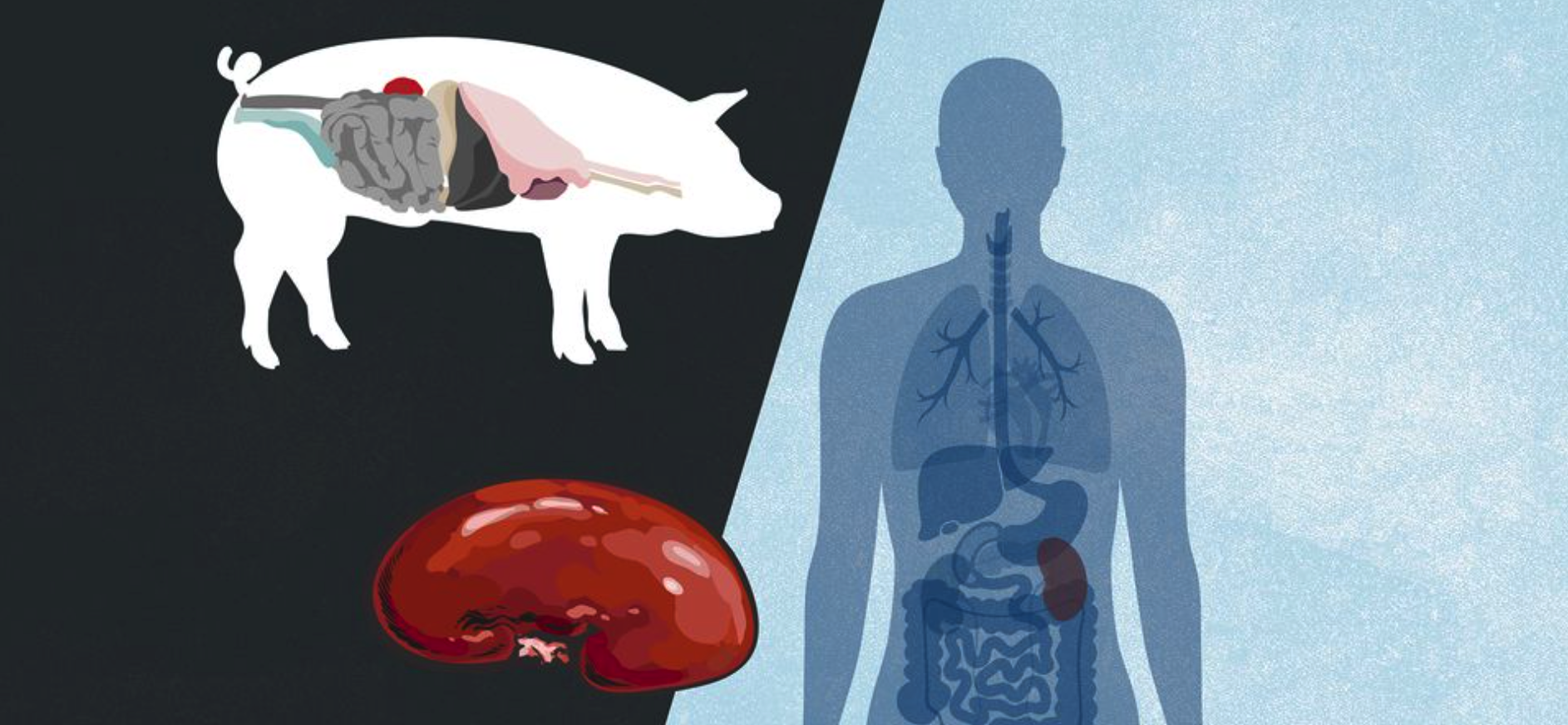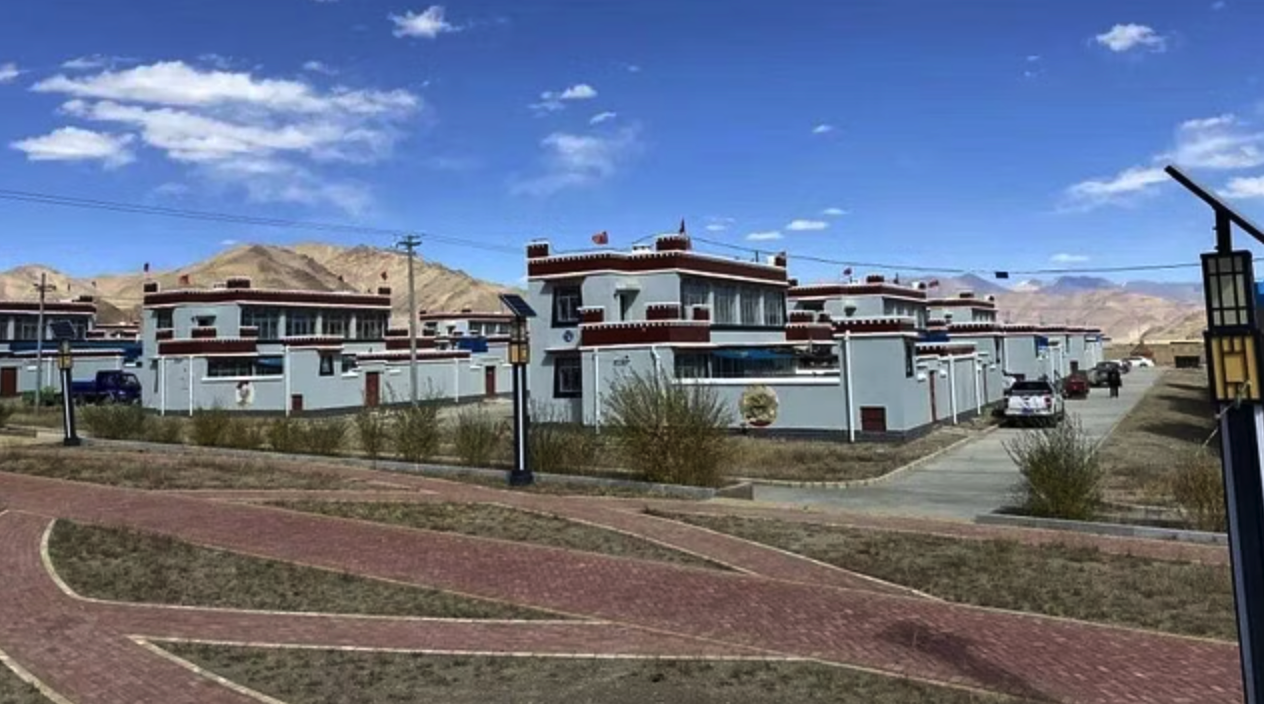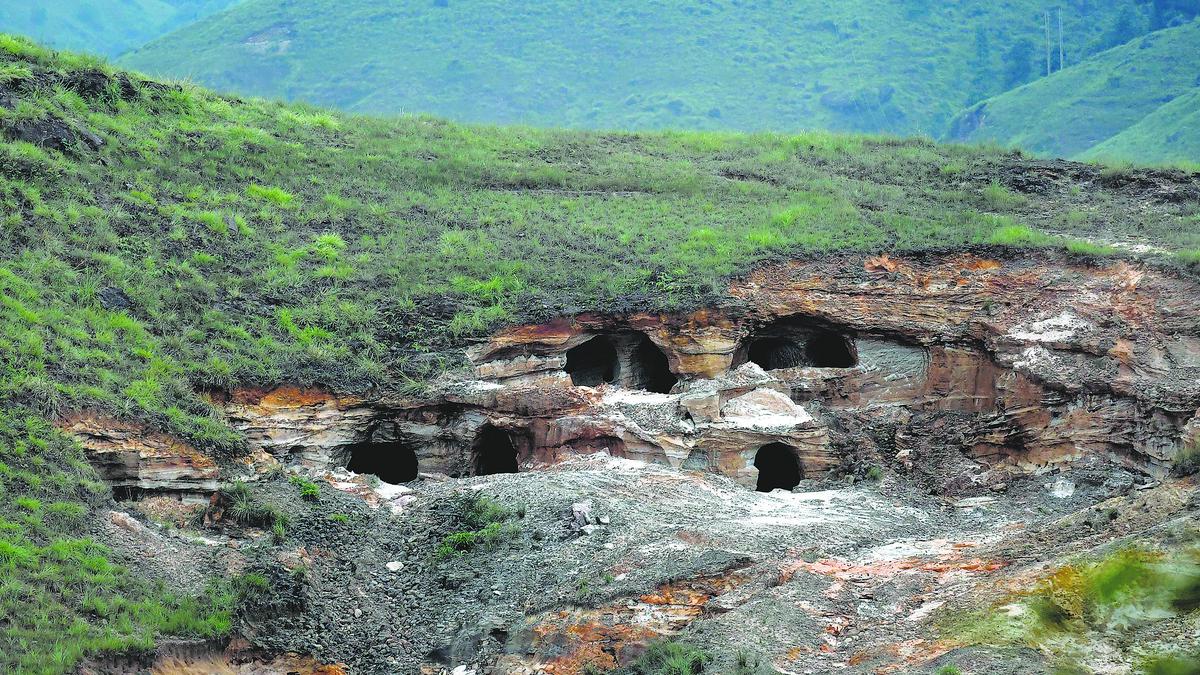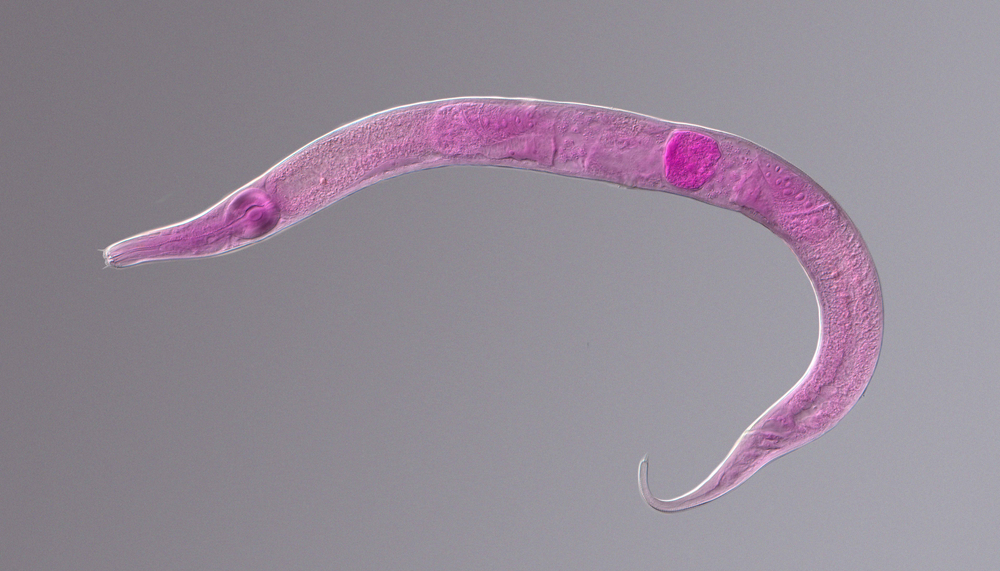Xenotransplantation

- 13 May 2024
Why is it in the News?
The first recipient of a modified pig kidney transplant passed away recently, around two months after the surgery was carried out.
What is Xenotransplantation?
- Xenotransplantation is the transplantation of organs from different species, such as pigs to humans.
- It is a procedure that involves the transplantation, implantation or infusion into a human recipient of either (a) live cells, tissues, or organs from a nonhuman animal source, or (b) human body fluids, cells, tissues or organs that have had ex vivo contact with live nonhuman animal cells, tissues or organs.
- Essentially, it is the use of animal cells and organs to heal humans.
- Xenotransplantation involving the heart was first tried in humans in the 1980s.
- The need for such a procedure was felt because of the significant gap between the number of transplants needed by patients and the availability of donor organs.
How Does Xenotransplantation Happen?
- The process of implanting a pig kidney into a recipient is akin to a standard transplant procedure, including the use of post-surgery immunosuppressant drugs.
- However, several critical additional steps are involved.
- Firstly, the chosen animal organ undergoes genetic modifications to prevent rejection by the human body.
- Using CRISPR-Cas9 gene editing technology, specific pig genes responsible for producing antibodies reactive to the human immune system are removed. Simultaneously, certain human genes are introduced to enhance the kidney's compatibility with human recipients.
- Even after the surgery, vigilant monitoring is essential to assess the body's response to the transplanted organ.
Why are pigs often used for xenotransplantation?
- Pig heart valves have been used to replace damaged valves in humans for over 50 years now.
- The pig’s anatomical and physiological parameters are similar to those of humans, and the breeding of pigs on farms is widespread and cost-effective.
- Also, many varieties of pig breeds are farmed, which provides an opportunity for the size of the harvested organs to be matched with the specific needs of the human recipient.
What are the Complications of Xenotransplantation?
- Rejection: Despite genetic modifications, the recipient's immune system may still recognize the transplanted organ as foreign and mount an immune response, leading to rejection.
- Infection: Xenotransplantation introduces the risk of transmitting infectious diseases from the donor animal to the recipient, including viruses and bacteria that may not typically affect humans.
- Immunological Challenges: The interaction between the recipient's immune system and the transplanted organ may trigger inflammatory responses, leading to complications such as inflammation and tissue damage.
- Ethical Concerns: Xenotransplantation raises ethical dilemmas related to animal welfare, genetic engineering, and the potential exploitation of animals for human benefit.
- Long-term Health Risks: The long-term effects of xenotransplantation on recipient health, including the development of chronic conditions and the risk of cancer, are still not fully understood and require further research.
Vibrant Village Programme (VVP)

- 13 May 2024
Why is it in the News?
The government is likely to spend over ?2 crore on each kilometre of road to be constructed along the China border in Uttarakhand and Sikkim under the Vibrant Village Programme (VVP), according to the project’s details.
What is the Vibrant Villages Programme (VVP)?
- Vibrant Villages Programme (VVP) is a Centrally Sponsored Scheme approved on 15th February 2023 for the financial years 2022-23 to 2025-26.
Objective:
- For comprehensive development of the select villages in 46 blocks in 19 districts abutting the northern border in the States of Arunachal Pradesh, Himachal Pradesh, Sikkim, Uttarakhand and UT of Ladakh.
- It will aid in raising the standard of living for residents of designated border communities and encouraging them to remain there, reversing the outmigration from these villages and enhancing border security.
- Action plans for identified villages would be prepared by the district administration with assistance from the proper mechanisms at the block and panchayat levels, in order to guarantee complete saturation of federal and state programmes.
- Road connectivity, drinking water, power (including solar and wind energy), mobile and internet access, tourist attractions, multipurpose facilities, healthcare infrastructure, and wellness centres are the intervention areas with the highest priority for village development.
Scheme implementation:
- Scheme implementation involves identifying and fostering economic drivers in border villages along the northern border, following a "Hub and Spoke Model" to establish growth centres.
- This includes promoting social entrepreneurship, empowering youth and women through skill development and entrepreneurship, leveraging local tourism potential, preserving cultural heritage, and fostering sustainable eco-agribusinesses.
- Vibrant Village Action Plans will be developed by district administrations in collaboration with Gram Panchayats, ensuring full coverage of Central and state schemes.
Expected outcomes:
- Key outcomes that have been attempted are connectivity with all-weather roads, drinking water, 24x7 electricity – Solar and wind energy to be given focussed attention, and mobile and internet connectivity.
- Tourist centres, multi-purpose centres and health and wellness Centers.
Rat-Hole Mining

- 13 May 2024
Why is it in the News?
A one-member panel appointed by the High Court of Meghalaya to handle coal-related issues has flagged the lack of progress in restoring the environment damaged by rat-hole coal mining in the northeastern State.
What is Rat-hole Mining?
- Coal reserves are concentrated in Eastern India, spanning states such as Telangana, Madhya Pradesh, Maharashtra, Jharkhand, Chhattisgarh, and West Bengal, with significant deposits also found in the North-Eastern regions like Assam and Meghalaya.
- However, commercial mining isn't prevalent in the North-East due to unsuitable terrain and the nature of coal deposits.
- Open mining faces additional challenges, and the coal in this region often contains high sulfur content, reducing energy efficiency and classifying it as low-quality coal.
- A rat-hole mine involves digging of very small tunnels, usually only 3-4 feet deep, in which workers, more often children, enter and extract coal.
- Once the pits are dug, miners descend using ropes or bamboo ladders to reach the coal seams.
- The coal is then manually extracted using primitive tools such as pickaxes, shovels, and baskets.
- A major portion of these employees are children, who are preferred because of their thin body shape and ease of accessing depths.
- This practice has become very popular in Meghalaya.
- Here there are majorly hilly terrains, which make coal mining very difficult.
- Also, digging a big hole is very difficult because a big hole demands pillars and support.
- Since it’s a good opportunity to extract coal from there for big as well as local investors, because it involves less investment and good returns, people are drawn towards this dangerous business.
- The practice is to not make any professional tunnels, install pillars, and ensure safety measures, but to just dig a small tunnel and put children and labour to work.
- Rat-hole mining is primarily practised only in Meghalaya.
- Such cases are not witnessed in Jharkhand and Chhattisgarh because the coal seems to be thick in Jharkhand and Chhattisgarh while in Meghalaya coal seems to be very thin.
- So, economically it is not a good idea to do open mining, and therefore, they prefer rat-hole mining.
Types of rat-hole mining:
- The rat-hole mining is broadly of two types.
- In the side-cutting procedure, narrow tunnels are dug on the hill slopes and workers go inside until they find the coal seam.
- In the other type of rat-hole mining, called box-cutting, a rectangular opening is made, varying from 10 to 100 sqm, and through that a vertical pit is dug, 100 to 400 feet deep.
- Once the coal seam is found, rat-hole-sized tunnels are dug horizontally through which workers can extract the coal.
Environmental and Safety Concerns:
- Since rat-hole mining is illegal, it is practised behind closed doors, and therefore, no one is ready to invest in infrastructure development.
- Coal is stored near rivers because of a shortage of space which leads to pollution around water bodies.
- The water in the Kopili River (which flows through Meghalaya and Assam) has turned acidic.
- The entire roadsides in and around mining areas are for piling coal.
- This is a major source of air, water and soil pollution.
- Off-road movement of trucks and other vehicles in the area causes further damage to the ecology of the area.
- Due to rat-hole mining, during the rainy season, water gets flooded into the mining areas resulting in the death of many workers due to suffocation and hunger.
- If water has seeped into the cave, the worker can enter only after the water is pumped out.
- Also, the mines are typically unregulated, lacking safety measures such as proper ventilation, structural support, or safety gear for the workers.
When Was It Banned?
- The National Green Tribunal (NGT) banned rat-hole mining in 2014 and retained the ban in 2015.
- The ban was on grounds of the practice being unscientific and unsafe for workers.
- The NGT order bans not only rat-hole mining but all “unscientific and illegal mining.”
- But orders of the Tribunal have been violated without exception since The State Government has failed to check illegal mining effectively.
Caenorhabditis Elegans

- 13 May 2024
Why is it in the News?
Researchers found that after C. elegans worms ate a disease-causing bacteria, its children knew from birth to avoid making the same mistake.
What is Caenorhabditis Elegans?
- Caenorhabditis elegans is a small, free-living roundworm (nematode) that is widely used as a model organism in various fields of biological research, including genetics, developmental biology, neuroscience, and ageing.
- It was initially discovered in the soil of a nematode-infested plant in the city of Bristol, England, in the early 20th century.
C. elegans has several characteristics that make it an ideal model organism:
- Simple anatomy: The adult hermaphrodite worm consists of precisely 959 cells, allowing for a detailed understanding of its cellular anatomy.
- Rapid life cycle: The worm's life cycle, from fertilized egg to mature adult, takes only about 3 days at 20°C.
- Transparent body: The transparency of its body enables researchers to observe cellular structures and processes directly under a microscope.
- Ease of genetic manipulation: C. elegans is highly responsive to genetic manipulation techniques, facilitating the study of gene function and the effects of mutations.
- Research on C. elegans has led to groundbreaking discoveries, including insights into the molecular basis of cell death, the regulation of gene expression, and the neural basis of behaviour.
- These findings have provided valuable knowledge that can be applied to understanding the biology of more complex organisms, including humans.
What are Nematodes?
- Nematodes are long, thin round worms, so tiny that they can usually only be seen under the microscope.
- Nematodes are incredibly abundant organisms found in various environments worldwide.
- They can be parasites of animals and plants or exist as free-living organisms in soil, freshwater, marine habitats, and even unconventional places like vinegar and beer malts.
- These bilaterally symmetrical creatures are elongated with tapered ends and may possess a pseudocoel, a fluid-filled body cavity.
- Nematodes are ubiquitous, inhabiting diverse ecosystems ranging from deserts and swamps to oceans and even Antarctica.
- In animals, they commonly parasitize organs such as the alimentary, circulatory, and respiratory systems.
ASEAN-India Trade in Goods Agreement (AITIGA)

- 13 May 2024
Why is it in the News?
The 4th joint committee meeting for the review of AITIGA (ASEAN-India Trade in Goods Agreement) was held in Putrajaya, Malaysia recently.
About ASEAN-India Trade in Goods Agreement (AITIGA):
- The ASEAN-India Trade in Goods Agreement (AITIGA) is a trade deal between the ten member states of ASEAN and India.
- ASEAN and India signed the Agreement at the 7th ASEAN Economic Ministers-India Consultations in Bangkok, Thailand in 2009.
- The Agreement, which came into effect in 2010, is sometimes referred to as the ASEAN-India Free Trade Agreement.
- The Agreement has led to steadily increasing trade between ASEAN and India since its signing.
- In 2019-20, trade between India and ASEAN was worth US$86 billion.
- Though this represented a decline from US$97 billion in 2018-19 because of the COVID-19 pandemic, it was an increase from US$81.3 billion in the 2017-18 financial year.
- It covers trade in physical goods and products and it does not apply to trade in services.
- ASEAN and India signed a separate ASEAN-India Trade in Services Agreement in 2014.
About the Association of the Southeast Asian Nations (ASEAN):
- The Association of the Southeast Asian Nations (ASEAN) is a geopolitical and economic organization established to accelerate economic growth, social progress and cultural development among its ten (10) member states.
- It also aims to promote peace and stability in the region, active collaboration and mutual assistance on matters of common interest, Southeast Asian studies, and maintain close and beneficial cooperation with other regional and international organizations.
- It was established on 8 August 1967 in Bangkok, Thailand with the signing of the ASEAN Declaration by the founding members of ASEAN, namely Indonesia, Malaysia, the Philippines, Singapore and Thailand.
- Brunei Darussalam then joined in 1984, Viet Nam in 1995, Lao PDR and Myanmar in 1997, and Cambodia in 1999, making up the current 10 Member States of ASEAN.
- The ASEAN Secretariat was set up in February 1976 and is based in Jakarta, Indonesia.
